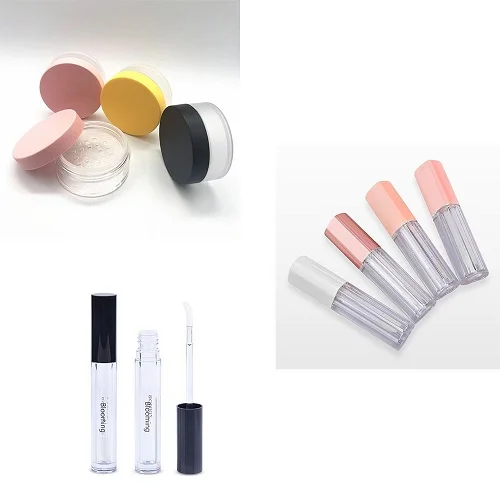Verify Your Email Address
Please ensure to verify your email for confirmation. We recommend checking your spam and trash folders as well.

As a cosmetics business owner, you should know Cosmetics packaging can be classified based on various criteria, including the material used, the type of product being packaged, and the packaging shape or design. Here are some common cosmetics packaging classifications:
Material-based classification: a. Plastic packaging (most common) b. Glass packaging (often used for high-end products) c. Metal packaging (used for products that require a strong barrier against air and moisture)
Product-based classification: a. Skincare packaging (often in tubes, jars, or pumps) b. Makeup packaging (often in compacts, tubes, or pencils) c. Haircare packaging (often in bottles, pumps, or sprays) d. Fragrance packaging (often in glass bottles)
Shape or design-based classification: a. Tube packaging (often used for lip gloss, mascara, and other products) b. Jar packaging (often used for moisturizers, face masks, and other thick products) c. Bottle packaging (often used for shampoos, conditioners, and other liquid products) d. Pump packaging (often used for lotions and other liquid products) e. Compact packaging (often used for powders, blushes, and other makeup products)
These are just a few examples of cosmetics packaging classifications. The specific classification may vary depending on the manufacturer and the product being packaged.
Learn more about private label cosmetics business.
How to cosmetic brand positioning?
How to differentiate a cosmetic brand?
Why you should make money with personal branding?
How do I choose the right supplier for my private label makeup brand?

High Quality, Low Price, No Minimum, One-stop Private Customized Cosmetics Shopping Website.
| Cookie | Duration | Description |
|---|---|---|
| cookielawinfo-checkbox-analytics | 11 months | This cookie is set by GDPR Cookie Consent plugin. The cookie is used to store the user consent for the cookies in the category "Analytics". |
| cookielawinfo-checkbox-functional | 11 months | The cookie is set by GDPR cookie consent to record the user consent for the cookies in the category "Functional". |
| cookielawinfo-checkbox-necessary | 11 months | This cookie is set by GDPR Cookie Consent plugin. The cookies is used to store the user consent for the cookies in the category "Necessary". |
| cookielawinfo-checkbox-others | 11 months | This cookie is set by GDPR Cookie Consent plugin. The cookie is used to store the user consent for the cookies in the category "Other. |
| cookielawinfo-checkbox-performance | 11 months | This cookie is set by GDPR Cookie Consent plugin. The cookie is used to store the user consent for the cookies in the category "Performance". |
| viewed_cookie_policy | 11 months | The cookie is set by the GDPR Cookie Consent plugin and is used to store whether or not user has consented to the use of cookies. It does not store any personal data. |
Please ensure to verify your email for confirmation. We recommend checking your spam and trash folders as well.